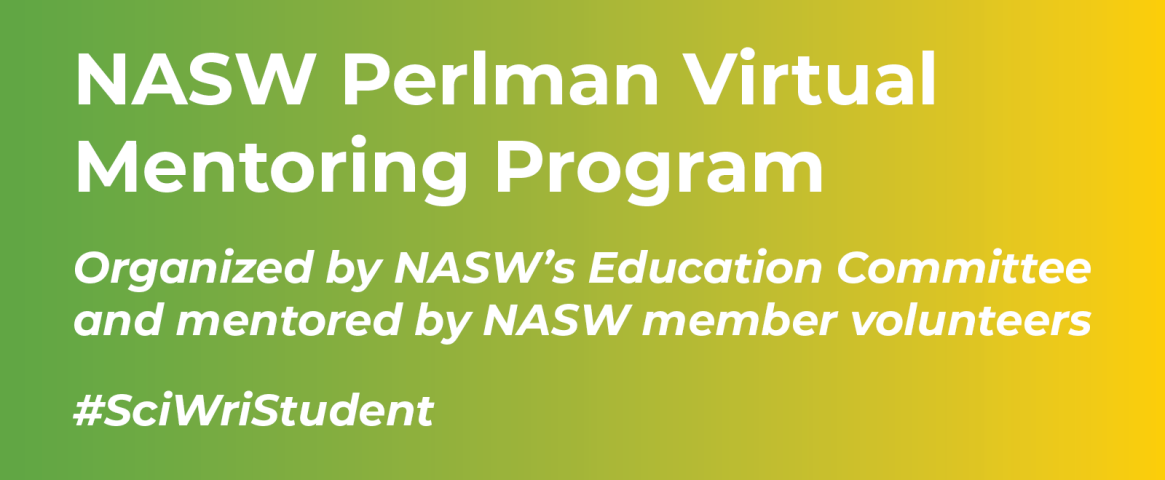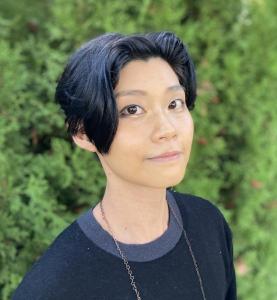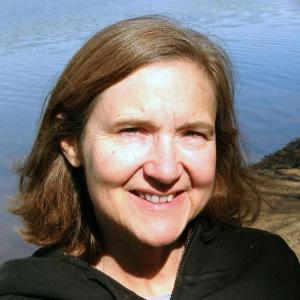This student story was published as part of the 2023 NASW Perlman Virtual Mentoring Program organized by the NASW Education Committee, providing science journalism practice and experience for undergraduate and graduate students.
Story by Fayth Tan
Mentored and edited by Kathiann M. Kowalski
Scientists are used to generating data, but the extensive use of surveillance technology on university campuses could make academic researchers uneasy about becoming data themselves.
In late June, researchers at the University of California, San Diego (UCSD) discovered new occupants in their workplace: small white cubes. The devices detect Wi-Fi or Bluetooth signals from personal electronics such as phones and laptops and provide estimates of how densely occupied a given location is.
These sensors are part of the university’s Live Density Program, an initiative meant to help administrators understand “how to use campus space more effectively.” Sensors have been in public spaces such as gyms and libraries since 2018. Now an expansion is placing sensors in more than 100 academic, research, and administrative buildings on campus, purportedly due to the shift to flexible work arrangements following the COVID-19 pandemic.
The university is not alone in citing the pandemic’s impacts on university operations as a rationale for using occupancy monitoring technology. In 2022, Northeastern University installed heat sensors to track when desks were occupied. Carnegie Mellon University piloted networked sensors that measured motion and sound in 2020.
Academic staff and students expressed concerns about privacy, security, and a lack of transparent communication from the universities, with pushback from students at Northeastern eventually resulting in the technology’s removal. Yet college campuses continue to adopt monitoring systems. Occuspace, the company that created the sensors installed at UC San Diego, saw customers and sales increase “five-fold” in 2020, and now has a presence in “dozens” of campuses in the US and Canada.
Leslie Sepuka, the associate communications director for the university’s Resource and Management Planning department, referred only to the university’s webpage when the department was contacted for comment for this story. There, UC San Diego maintains that its Live Density data is anonymized and will not be used “for purposes other than space management.”
Concerns about privacy and surveillance remain.
College campuses are places where people subjected to surveillance “don’t have a lot of control over the technology and how it’s used,” said Jason Kelley, who serves as activism director at the Electronic Frontier Foundation, “One of the issues we’ve seen…is that it often ends up being used for disciplinary purposes,” he added.
Discipline concerns are front of mind for some university researchers. Some students see the university’s responses this summer to demonstrations over the school’s alleged failure to abide by their union contract as retaliation—including the recent arrest of three researchers who were engaged in protest.
“I would be worried that they can use their vague language to justify really any use of this data,” said Maya Gosztyla, a graduate student in the university’s biomedical sciences program. “If we were to go on strike in the future, this could potentially be a way to monitor which labs are empty and which aren’t.”
She also expressed concern about the lack of transparency around who has access to the data and how it is used—including the circumstances under which it would be shared with law enforcement.
Alexander Wenzel, a bioinformatics graduate student at the university, was skeptical about the university’s statements that it would not share the data unless required by law. “You have to remember…that [the university] employ their own police,” he said. “There’s not an explanation of what ‘required by law’ means.”
The university has provided a single method to opt out of the program: to turn off Wi-Fi and Bluetooth on your personal devices. That may not be practical.
“When I don’t have [an] internet connection, I can’t work,” Wenzel said. “It would be unrealistic to expect people to not use wireless internet while they’re in research buildings.”
A June 29 email from the Office of the Executive Vice Chancellor was the first official communication to students about the expanded monitoring program, arriving more than a week after the sensors went into research buildings. The notice said the university plans to gather community input this fall.
“I think they should be looking…to repair the relationship they have with us and not underestimate our intelligence and our knowledge of our own rights.” Gosztyla said.
“I’m a scientist. Most of my coworkers are scientists, and we are very aware of data and how it can be used and misused,” she explained. “And we're also all workers who have firsthand experience with how the university can both misuse our data and engage in retaliation against us when they don't like us standing up for our rights.”
Fayth Tan is a science writer and researcher. They earned a Ph.D. in biology from the California Institute of Technology, where they studied animal regeneration. A 2022 winner of the National Academy of Sciences Schmidt Award for Excellence in Science Communication, they write about how science intersects with the sociocultural zeitgeist of the day. You can find their work at their website, fxfytan.github.io
The NASW Perlman Virtual Mentoring program is named for longtime science writer and past NASW President David Perlman. Dave, who died in 2020 at the age of 101 only three years after his retirement from the San Francisco Chronicle, was a mentor to countless members of the science writing community and always made time for kind and supportive words, especially for early career writers. Contact NASW Education Committee Co-Chairs Czerne Reid and Ashley Yeager and Perlman Program Coordinator Courtney Gorman at mentor@nasw.org. Thank you to the many NASW member volunteers who spearhead our #SciWriStudent programming year after year.
Founded in 1934 with a mission to fight for the free flow of science news, NASW is an organization of ~ 2,600 professional journalists, authors, editors, producers, public information officers, students and people who write and produce material intended to inform the public about science, health, engineering, and technology. To learn more, visit www.nasw.org






